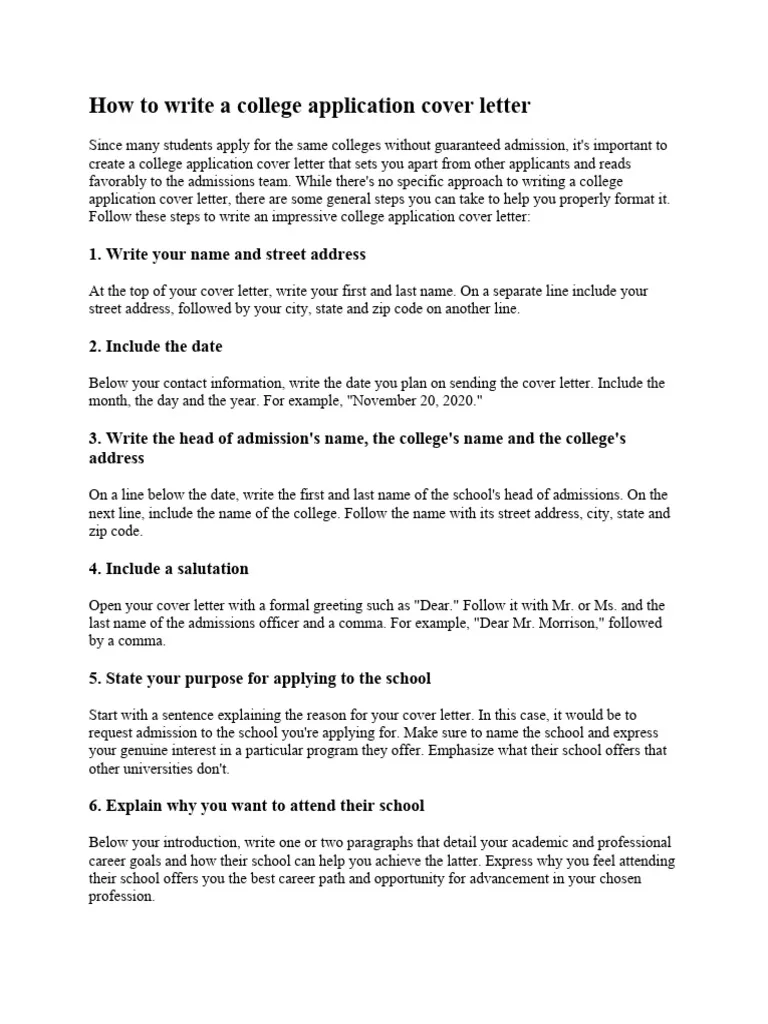Understanding the Importance of a Cover Letter
In the competitive world of job applications, a well-crafted cover letter can be your secret weapon. It’s more than just a formality; it’s your first opportunity to make a strong impression on a potential employer. A cover letter acts as a personal introduction, allowing you to go beyond the confines of your resume and showcase your personality, passion, and the unique value you bring to the table. Many job seekers often underestimate the importance of a cover letter, but it can be the deciding factor in whether your application makes it to the next round. It’s your chance to explain why you’re the perfect fit for the specific role and company, setting you apart from other applicants.
Why a Cover Letter Matters
A cover letter gives you a platform to tell your story. A resume provides a snapshot of your experience and qualifications, but a cover letter brings those details to life. It allows you to demonstrate your communication skills, express your enthusiasm for the position, and connect your qualifications to the employer’s specific needs. It provides context to your resume, explaining gaps in your employment history or career changes. Moreover, it shows that you’ve taken the time to research the company and understand their values and culture. A well-written cover letter reflects your professionalism and attention to detail, indicating that you are a serious candidate who is genuinely interested in the opportunity.
Cover Letter vs. Resume
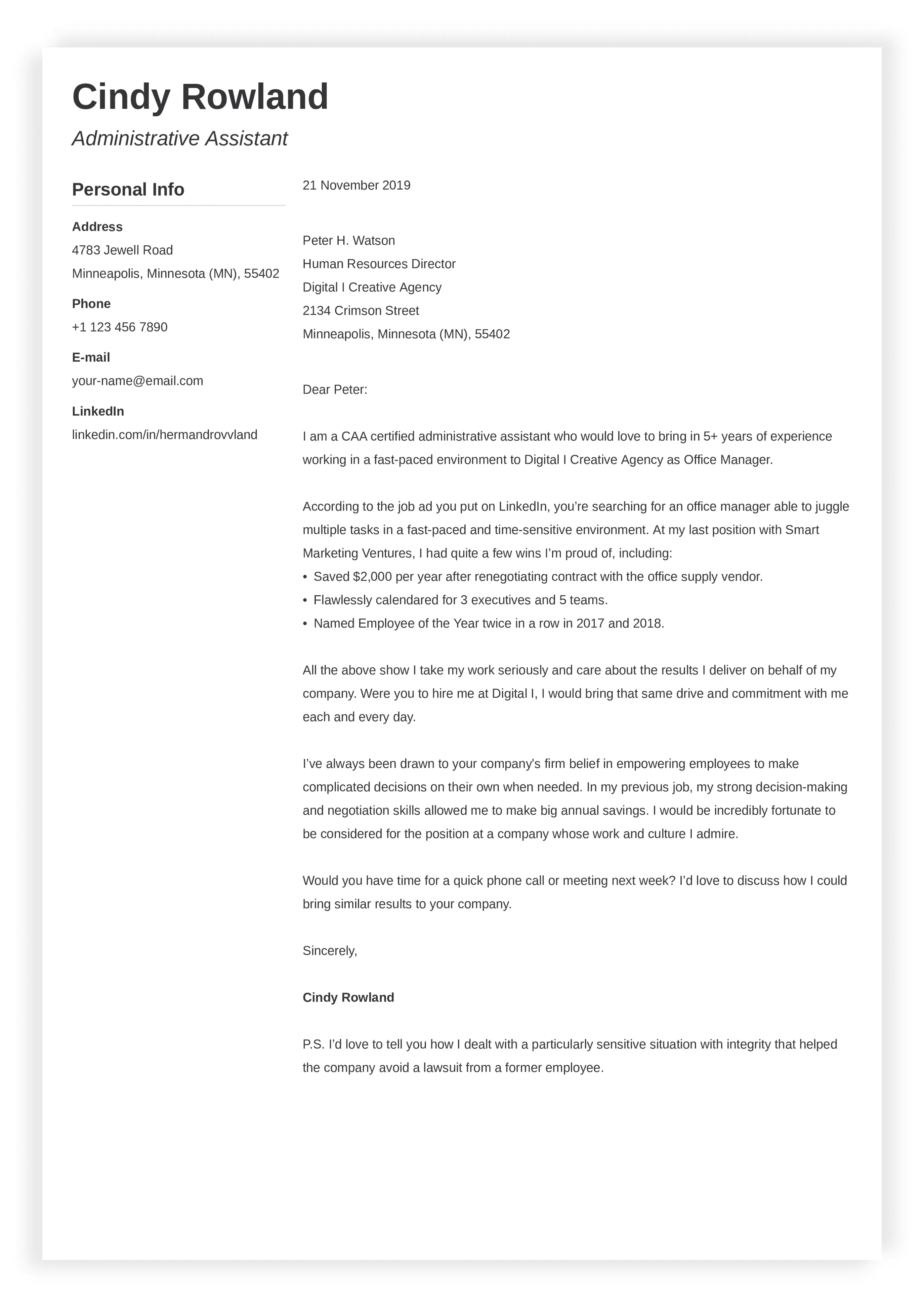
The resume is a factual document, a summary of your skills, experience, and education. It’s a concise overview, highlighting your accomplishments and qualifications in a structured format. The cover letter, on the other hand, allows you to elaborate on those points, connecting your experiences to the specific job requirements and the company’s mission. While the resume aims to present a comprehensive picture of your professional journey, the cover letter allows you to tailor your narrative to the specific role. A resume is a static document; a cover letter is dynamic and personalized. Think of the resume as the ‘what’ – what you’ve done, and the cover letter as the ‘why’ – why you’re the ideal candidate.
Cover Letter Structure The Essentials
A well-structured cover letter follows a clear and logical format, making it easy for the hiring manager to quickly grasp your qualifications and your interest in the position. A standard cover letter typically includes a header, a salutation, an introductory paragraph, several body paragraphs, a closing paragraph, and a complimentary close. Each part plays a crucial role in conveying your message effectively. Proper formatting and organization make your letter readable and professional. Use clear and concise language, keeping each paragraph focused and to the point. A well-structured cover letter ensures that you present your best self to the employer.
Header and Contact Information
Begin your cover letter with a professional header containing your full name, address, phone number, and email address. This information should be clearly displayed at the top of the page, typically on the left or right side. Directly below your contact information, include the date and the hiring manager’s contact information, if known. If you’re submitting your cover letter electronically, your header is usually sufficient. Ensure your contact information is up-to-date and accurate. A clean, professional header immediately provides the essential details the employer needs to reach you and adds a layer of professionalism to your application.
Addressing the Hiring Manager
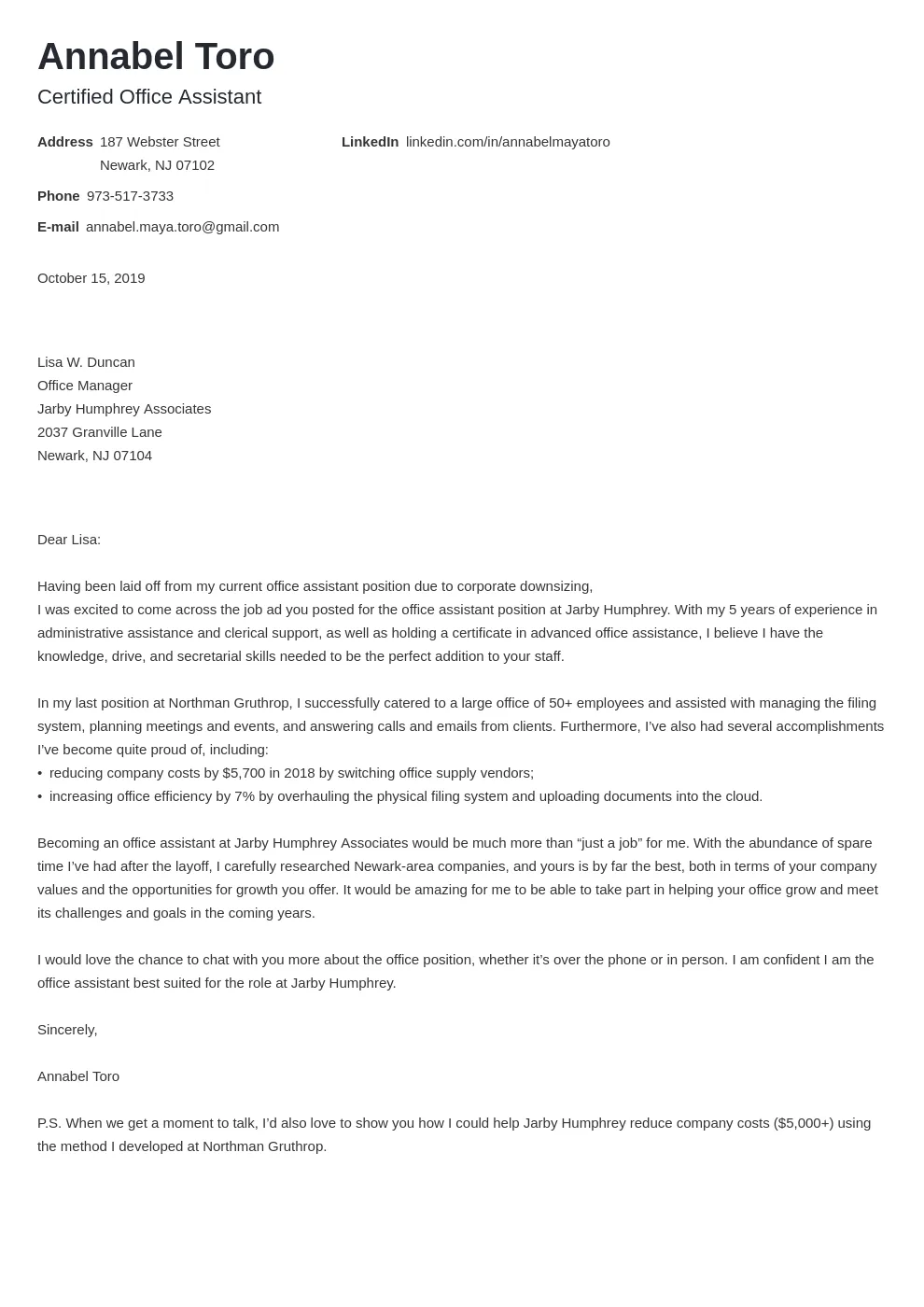
Always address the hiring manager by name if possible. Research the company’s website, LinkedIn, or other sources to identify the correct person. A personalized salutation shows that you’ve taken the time to learn about the company and its employees. If you cannot find the hiring manager’s name, use a professional greeting such as ‘Dear Hiring Manager’ or ‘Dear [Department] Team’. Avoid generic greetings like ‘To Whom It May Concern,’ which can make your letter feel impersonal. Addressing the hiring manager by name indicates your attention to detail and commitment to the application process.
The Opening Paragraph
The opening paragraph is your first chance to make a strong impression. Start by stating the position you are applying for and where you saw the job posting. Briefly mention your interest in the role and the company. You should capture the reader’s attention immediately and express your enthusiasm. Avoid generic openings. Instead, highlight your key skill or accomplishment. Your opening should be concise and compelling, setting the stage for the rest of your letter. Make sure it clearly states your purpose and immediately captures the reader’s attention, creating a positive first impression.
Highlighting Your Skills and Experience
The body of your cover letter is where you connect your skills and experience to the job requirements. Review the job description carefully and identify the key qualifications the employer is seeking. Then, explain how your skills and experience align with those requirements. Provide specific examples that demonstrate your abilities. Use action verbs to describe your accomplishments, and quantify your achievements whenever possible. This part is about showing the employer why you are the right fit for the role, providing concrete evidence of your capabilities and how you have successfully used your skills in the past.
Showcasing Relevant Achievements
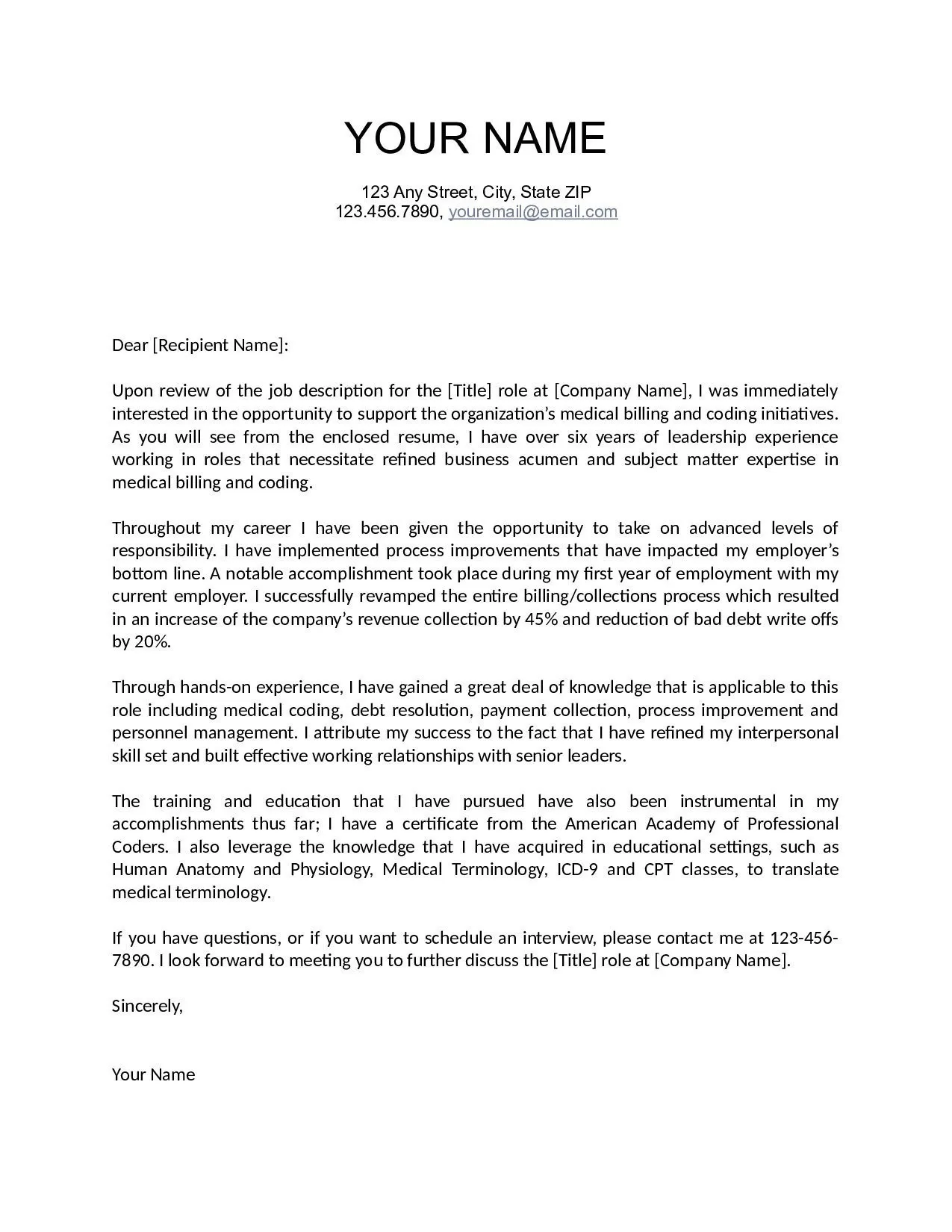
Instead of just listing your duties, focus on your achievements. Describe what you accomplished in previous roles and how your contributions benefited the company. Use the STAR method (Situation, Task, Action, Result) to structure your examples. Briefly describe the situation, the task you were assigned, the actions you took, and the results you achieved. This method helps you present your accomplishments in a clear, concise, and impactful way, demonstrating your value to the employer. By providing specific examples of your successes, you provide concrete evidence of your capabilities and highlight your potential to excel in the new role.
Quantifying Your Accomplishments
Whenever possible, quantify your achievements. Use numbers and data to demonstrate the impact of your work. For example, instead of saying ‘Improved customer satisfaction,’ say ‘Increased customer satisfaction by 15%’. Quantifiable results are more persuasive and provide a clear picture of your contributions. Quantifying your achievements makes your claims more credible and shows the employer the tangible value you bring to the table. Adding numbers can highlight your accomplishments with measurable results.
Expressing Enthusiasm and Interest
Show genuine enthusiasm for the position and the company. Explain why you are interested in this specific opportunity and what excites you about it. Demonstrate that you’ve researched the company and understand its mission, values, and goals. Connect your career aspirations with the company’s objectives. Expressing genuine enthusiasm can make your letter more memorable and show the hiring manager that you are truly passionate about the opportunity. A cover letter allows you to explain why you’re the perfect fit for the role and the specific company, setting you apart from other applicants.
The Closing Paragraph
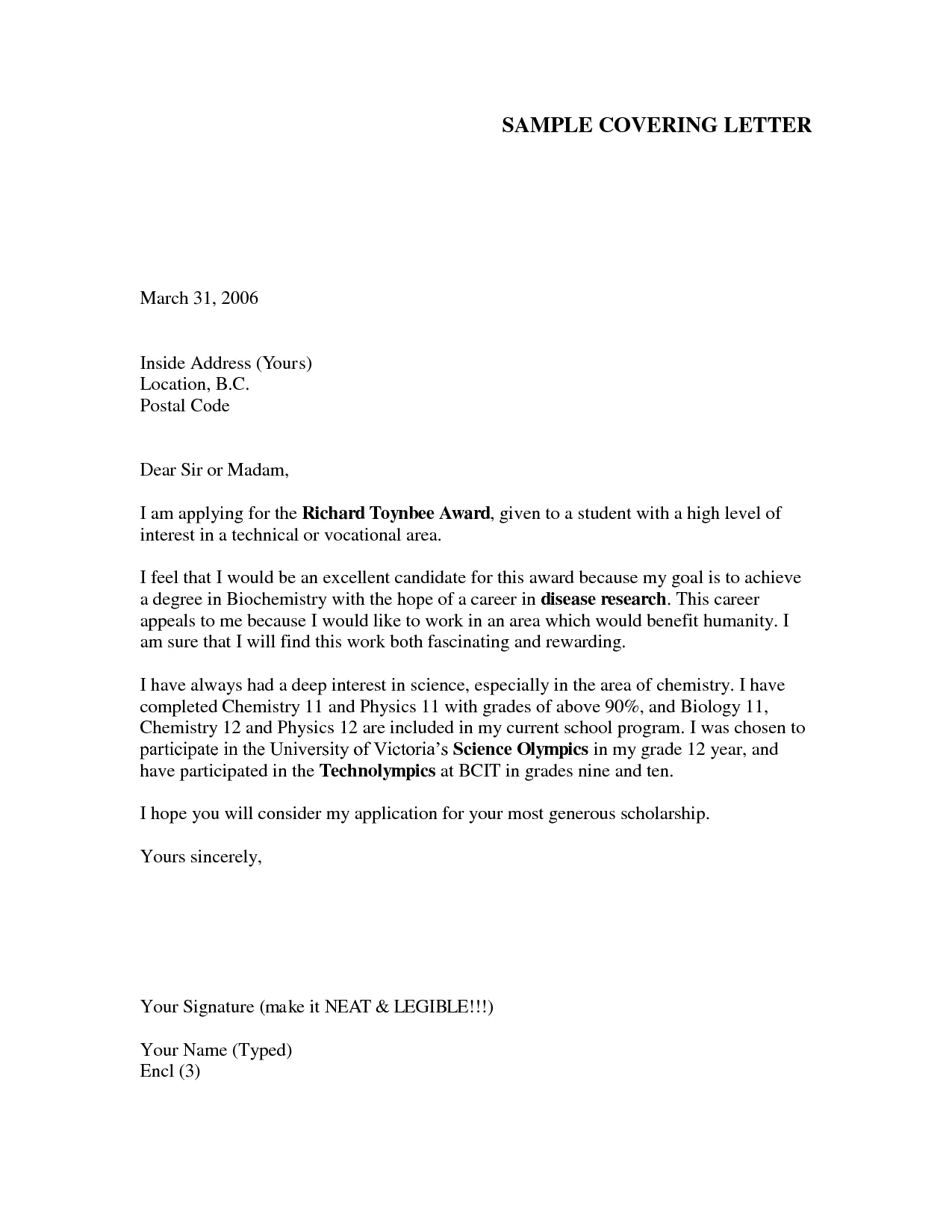
In your closing paragraph, reiterate your interest in the position and express your eagerness for an interview. Thank the hiring manager for their time and consideration. Provide a call to action, such as ‘I look forward to hearing from you soon’ or ‘I am available for an interview at your earliest convenience’. Keep your closing paragraph concise and professional. Reiterate your interest and make it easy for the employer to take the next step. Finish by restating your interest and providing a clear call to action.
Formatting and Design Best Practices
Proper formatting and design enhance the readability and professionalism of your cover letter. The layout should be clean and easy to navigate. Use a standard font, such as Times New Roman, Arial, or Calibri, with a font size between 10 and 12 points. Use one-inch margins on all sides of the document. Ensure that your paragraphs are well-spaced and that the text is left-aligned. Choose a font that is easy to read and looks professional. A well-formatted letter is more inviting to read and shows your attention to detail.
Font and Readability
Choose a professional font that is easy to read. Avoid using decorative or overly stylized fonts. Keep the font size between 10 and 12 points for optimal readability. Ensure consistent formatting throughout the document. Use bolding or italics sparingly, and only to emphasize key points. The overall goal is to make your cover letter easy on the eyes. A well-formatted cover letter is more inviting to read and shows attention to detail. Good formatting ensures your cover letter is easy to read and looks professional.
File Type and Submission
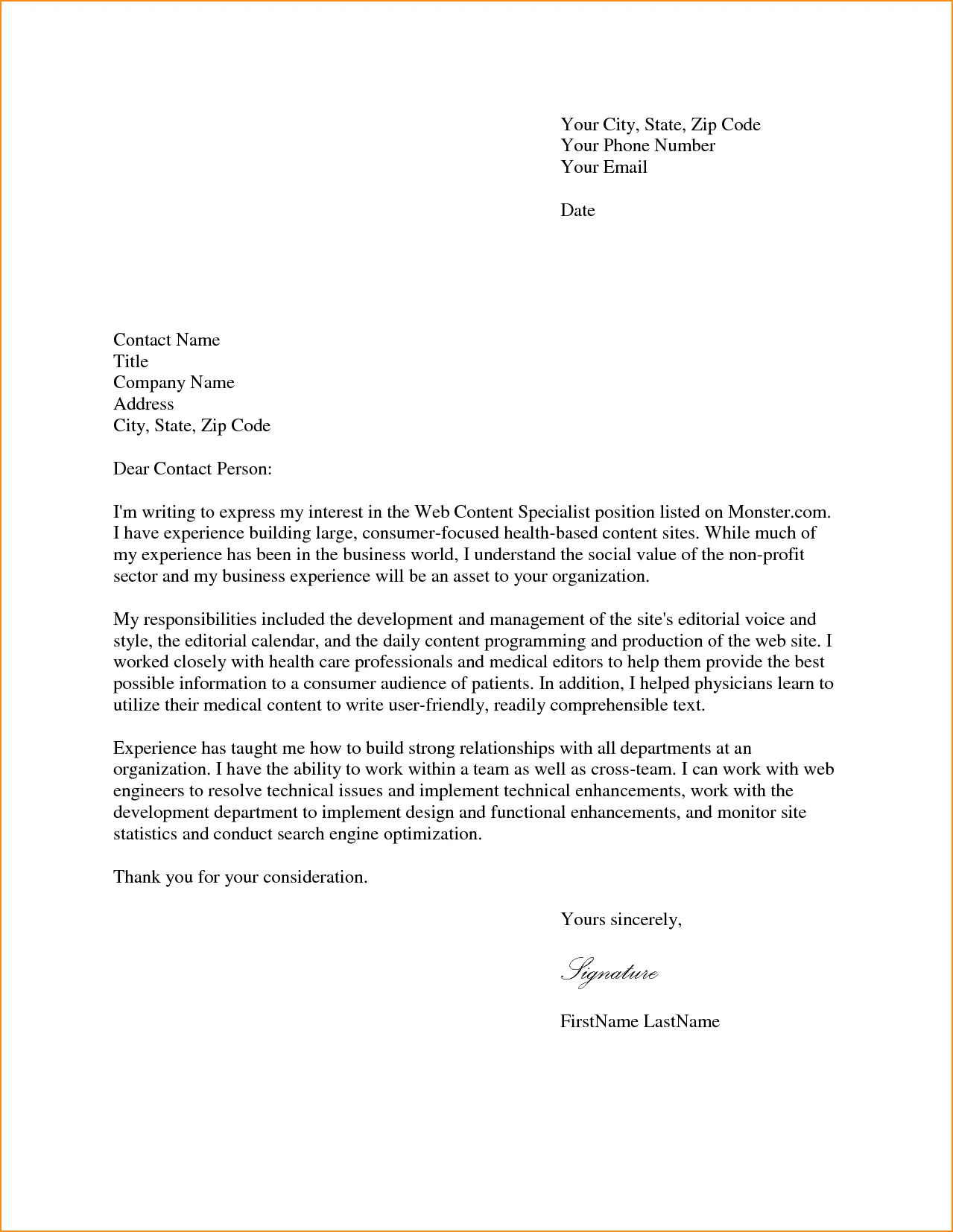
Unless otherwise specified in the job posting, save your cover letter as a PDF file. PDF files preserve the formatting of your document, ensuring that it appears the same on any computer or device. When submitting your cover letter online, follow the instructions provided in the job posting. If you are emailing your cover letter, include a brief and professional subject line. Ensure that the file name of your cover letter is clear and descriptive, such as ‘Your Name_Cover Letter’. Always follow the instructions in the job posting regarding the submission process.
Proofreading and Editing
Thorough proofreading and editing are essential. Errors in grammar, spelling, and punctuation can undermine your credibility. Carefully review your cover letter multiple times. Check for any typos, grammatical errors, or formatting inconsistencies. Read your cover letter aloud to catch any awkward phrasing or unclear sentences. Consider having a friend or family member review your letter as a fresh pair of eyes can often spot errors that you may have missed. Take your time, and be meticulous. Proofreading is a critical step in ensuring your cover letter is polished and professional.
Common Mistakes to Avoid
Avoiding common mistakes can significantly improve your chances of making a positive impression. Pay attention to details. These errors can make you appear unprofessional. Always proofread your cover letter carefully to ensure it is free of errors. By avoiding these common pitfalls, you can ensure that your cover letter effectively showcases your qualifications and interests.
Generic Content
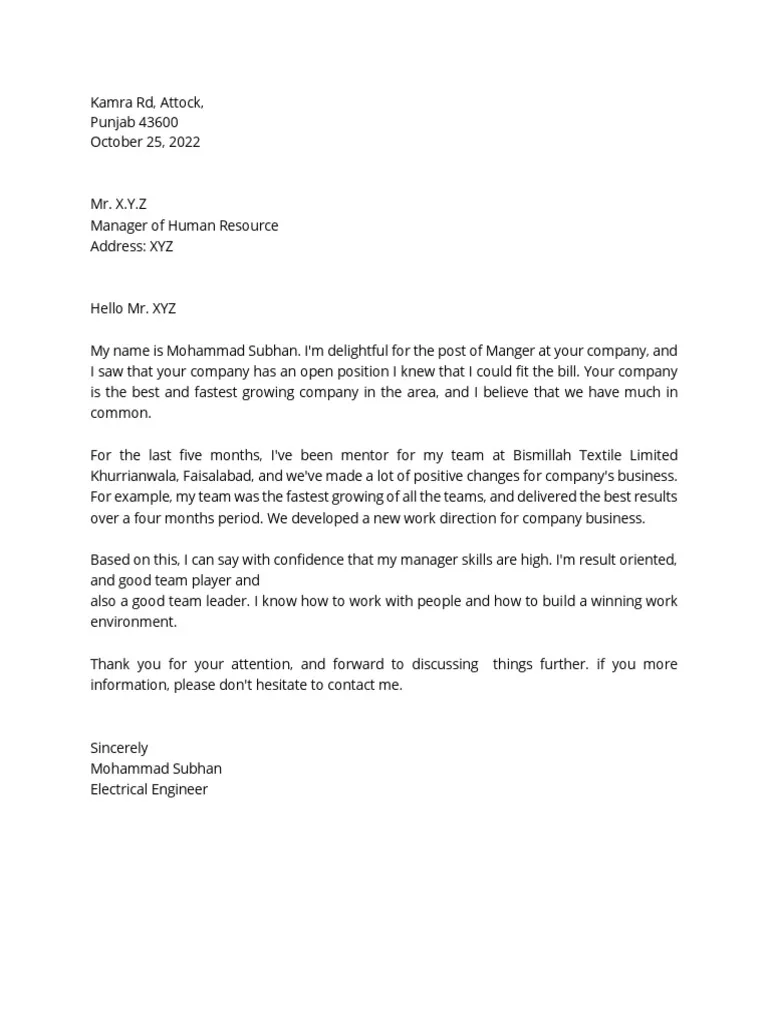
Avoid using generic phrases or content that could apply to any job. Tailor your cover letter to each specific position and company. Research the company and the role to demonstrate your understanding of their needs and goals. Showcase what makes you unique and what value you bring to the role. Tailoring your letter shows that you are truly interested in the specific opportunity and have taken the time to understand the employer’s needs. The goal is to provide a personalized message that resonates with the hiring manager.
Typos and Grammatical Errors
Typos and grammatical errors can create a negative impression. Always proofread your cover letter carefully before submitting it. Use a spell checker and grammar checker, but don’t rely on them completely. Read your cover letter aloud to catch any awkward phrasing. Having a friend or career advisor review your letter can also help. Errors can make your cover letter appear unprofessional and demonstrate a lack of attention to detail. Proofreading is the most crucial step.
Failing to Tailor the Letter
Sending the same cover letter for every job application is a major mistake. Customize your letter for each position, highlighting the skills and experiences most relevant to the job requirements. Mention specific details about the company and the role. Tailoring your letter demonstrates your genuine interest in the opportunity and shows the hiring manager that you’ve taken the time to understand their needs. Customize your letter to highlight your skills and experiences most relevant to each job, showing the hiring manager that you are genuinely interested in the opportunity.
Finalizing and Submitting Your Cover Letter
Before submitting your cover letter, review it one last time to ensure that it is error-free and well-formatted. Make sure your contact information is accurate and that you have followed the instructions in the job posting. Double-check the file name to make sure it is professional and descriptive. Once you are satisfied with your cover letter, submit it with confidence. Your cover letter is an important part of the job application process, making a positive first impression. A well-crafted cover letter can make the difference in whether you move on to the next stage in the hiring process. Good luck with your job search!
